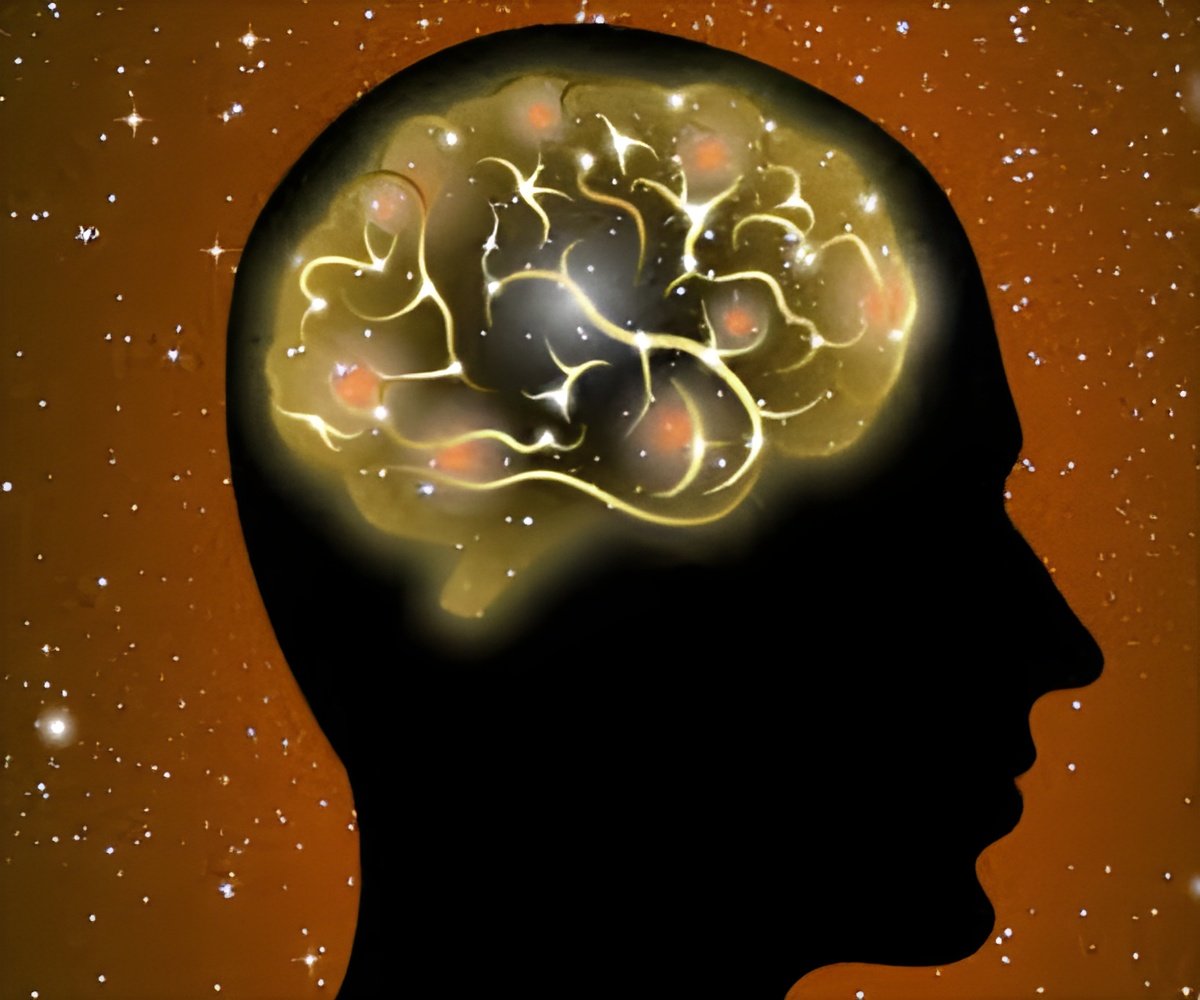
Ordinarily, intracellular (inside the cell) sodium concentration is low compared to extracellular sodium (the reverse is true of potassium). During seizure, however, there is a buildup of intracellular sodium, with sodium ions moving into neurons from the extracellular space, and potassium ions doing the opposite.
To understand exactly how neurons function during epileptic seizures, an associate professor and Giri P. Krishnan, a postdoctoral researcher in his <, developed and used realistic computer simulations in their analyses and found that while there is a progressive and slow increase in intracellular sodium during seizure, it is this accumulation of intracellular sodium that leads to the termination of the seizure.
"According to our model, sodium concentration reaches a maximum just before the seizure terminates," Bazhenov said. "After seizure initiation, this intracellular sodium buildup is required to terminate the seizure."
The researchers' computational model simulates the cortical network. (The cortex is the outer layer of the cerebrum of the mammalian brain. A sheet of neural tissue, it is often referred to as gray matter.) The model simulates neurons, connections between neurons, variable extracellular and intracellular concentrations for sodium and potassium ions and variable intracellular concentrations for chloride and calcium ions.
Bazhenov explained that conventional antiepileptic drugs are commonly designed to target various sodium channels in order to reduce their activity.
Advertisement
According to Bazhenov, targeting the sodium channels is not the best approach for drugs to take. He explained that even for drugs to increase the activity of the sodium channels (in order to reduce seizure duration) there is an undesirable effect: seizures become more likely.
Advertisement
Bazhenov and Krishnan's model also shows that the occurrence of seizures depends critically on the activity of ionic "pumps" structures that are also embedded to the surface of neurons. These pumps help remove the sodium and chloride ions from inside the neurons and critically influence their concentrations in the brain.
Source-Eurekalert










